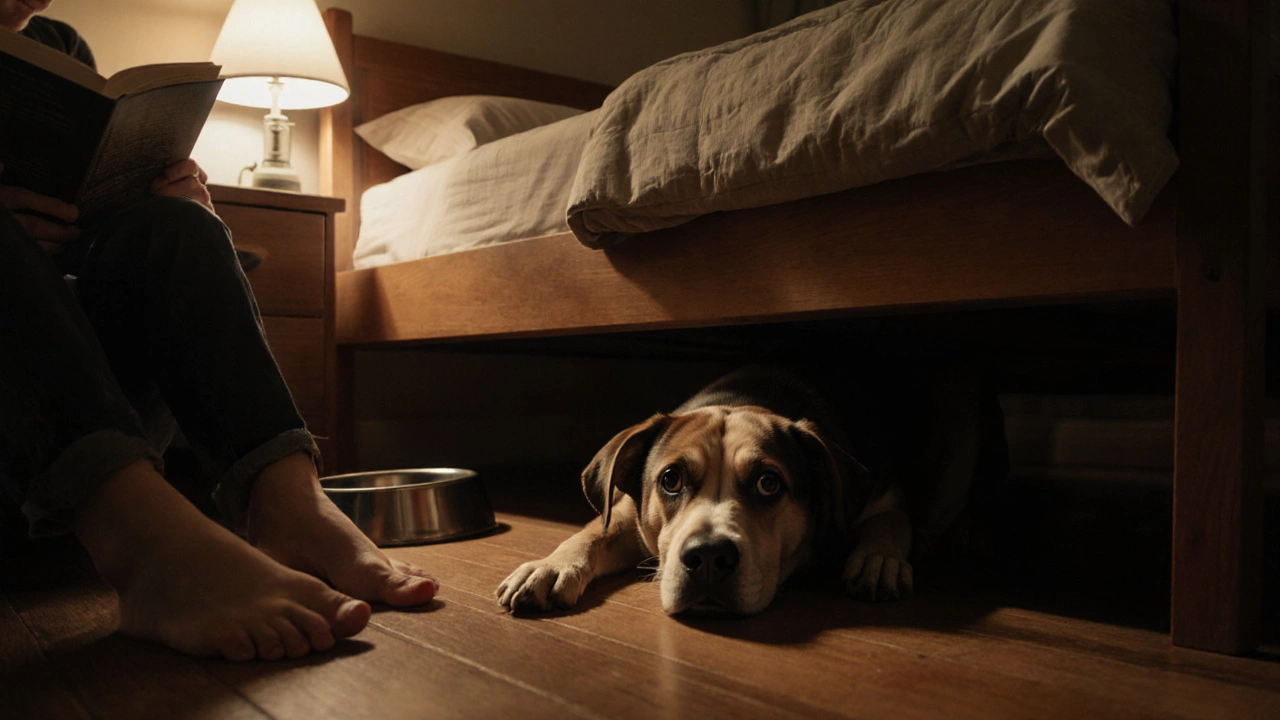7-7-7 Rule for Dogs: What It Is and How It Helps Train Your Dog
When people talk about the 7-7-7 rule for dogs, a practical training framework that breaks down daily interaction into three key time blocks: 7 minutes of training, 7 minutes of play, and 7 minutes of calm bonding. It’s not magic, but it’s one of the most consistent methods used by UK dog owners who see real changes in behavior without harsh tools or long sessions. This rule isn’t about punishing bad habits—it’s about building a rhythm that your dog learns to expect and rely on. Think of it like a daily meal plan, but for attention, structure, and connection.
The positive reinforcement, a training method that rewards desired behaviors to encourage repetition is the backbone of the 7-7-7 rule. Those 7 minutes of training? That’s when you teach your dog to sit, come when called, or leave something alone—using treats, praise, or a favorite toy. No yelling, no corrections. Just clear, calm, consistent wins. The next 7 minutes of play? That’s your dog’s reward. It’s when they burn off energy, practice what they learned, and feel like they’re winning at life. And the final 7 minutes of calm bonding? That’s when you sit together, no commands, no distractions. Just petting, quiet time, or even just being in the same room. This part builds trust, and trust is what turns a pet into a partner.
Many dog owners skip the calm part and wonder why their dog is still anxious or hyper. The truth is, dogs don’t just need exercise—they need emotional safety. The 7-7-7 rule gives them all three: mental challenge, physical release, and emotional security. It’s why you’ll see this method referenced in posts about dog sleeping habits, how dogs choose where to rest based on their sense of safety and routine, and even in guides on dog pawing behavior, how dogs use touch to seek attention, comfort, or reassurance. When your dog feels secure, they stop jumping on guests, stop barking for no reason, and stop chewing your shoes—not because they’re scared, but because they know what to expect.
This rule works for puppies, rescue dogs, and senior dogs alike. A 12-week-old pup might need shorter sessions, but the structure stays the same. A 10-year-old dog with arthritis might swap play for gentle massage during the 7-minute window. The formula adapts; the purpose doesn’t. You’re not trying to turn your dog into a show dog. You’re giving them a language they understand: you’re safe, you’re heard, you’re loved.
Below, you’ll find real stories from owners who used this approach to fix leash pulling, reduce separation anxiety, and even help their dogs sleep better at night. Some used it with treats. Others used toys. A few didn’t use anything but quiet time—and it worked. The common thread? Consistency. Not perfection. Not hours of training. Just 21 minutes a day, done right.
Posted By Bryndle Redding On 28 Oct 2025 Comments (0)
What Is the 7-7-7 Rule for Dogs? A Simple Training Method That Actually Works
The 7-7-7 rule for dogs is a 21-day framework to help new dogs adjust safely to their home. It focuses on building trust before training, reducing anxiety, and preventing future behavioral problems.
READ MORE